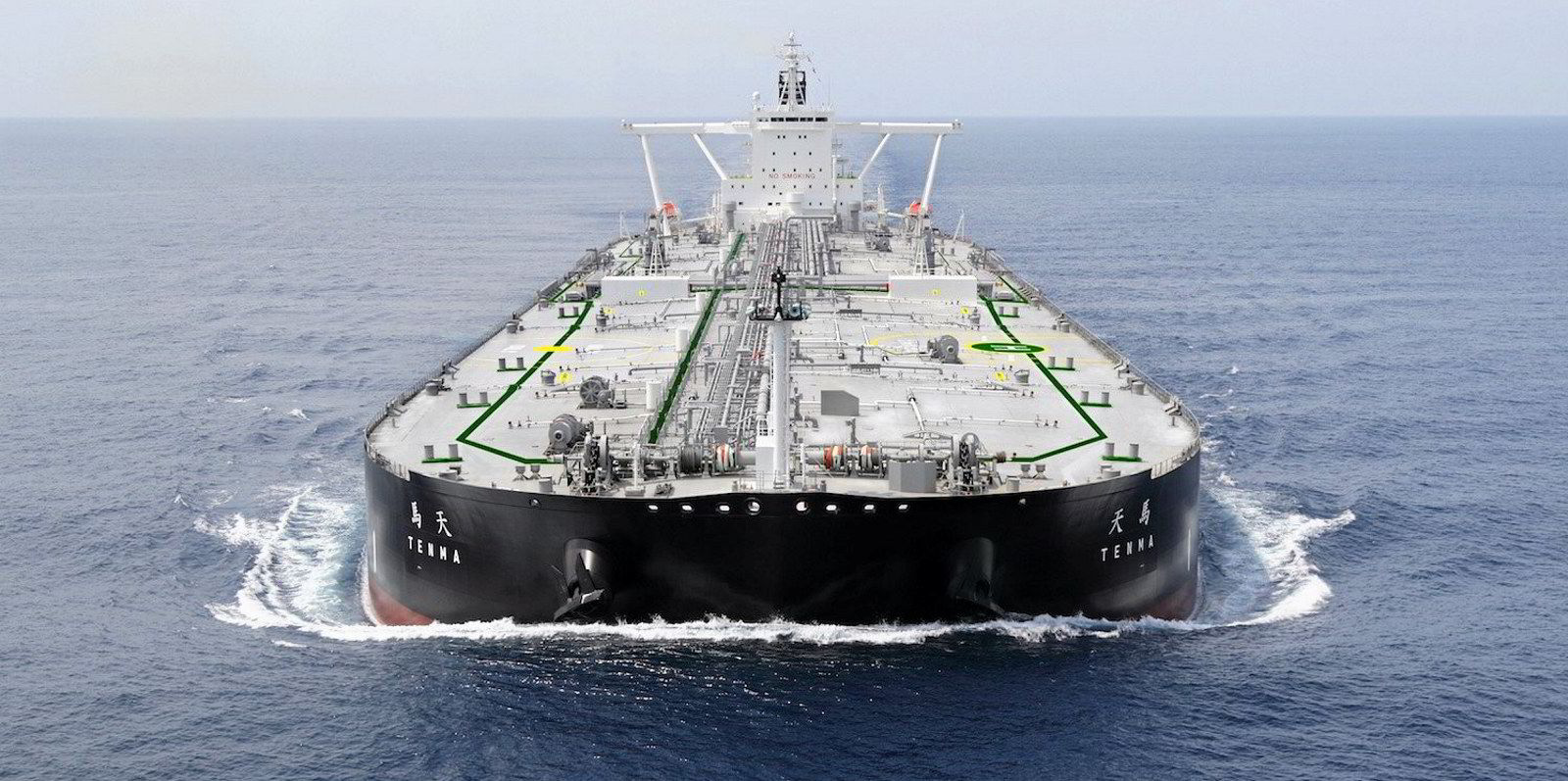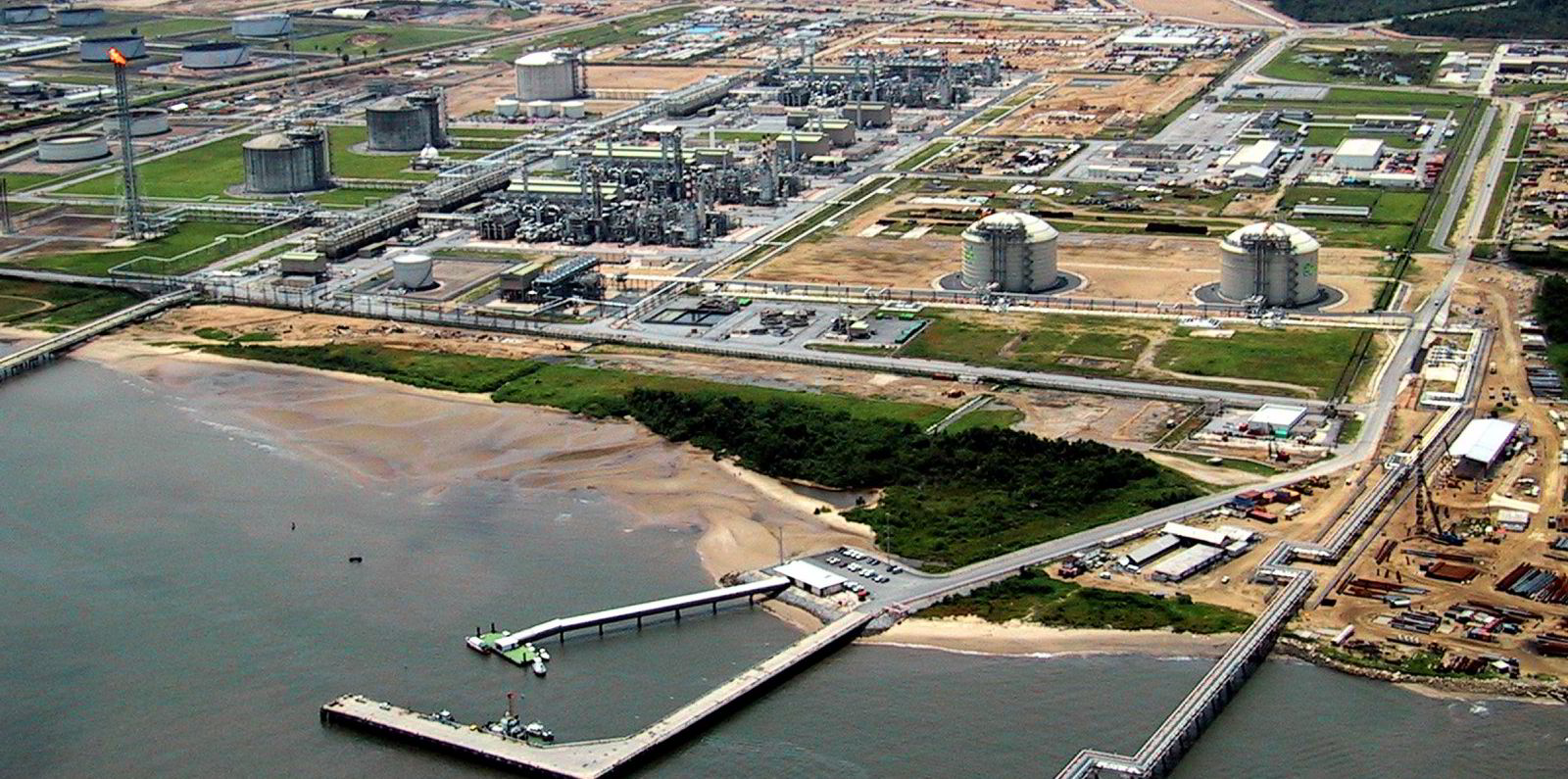Increasing Chinese demand for oil could prevent a sharp decline of booming VLCC rates when Saudi Arabia cuts production next month, brokers say.
VLCC spot earnings have surged by 270% in the last week, leading to average earnings for the largest crude carriers outstripping suezmaxes and aframaxes, according to the BRS Group.
Earnings have been driven by a spike in demand for shipping Middle Eastern crude to China in advance of the Saudi cuts and a shortage of tonnage in the region.
Fixtures this week have included $96,000 per day for the Trafigura-operated 300,000-dwt Sur (built 2020) on the Arabian Gulf to Singapore route, Tankers International said.
Increased crude exports from the Middle East in the last two weeks of this month are the equivalent of 11 extra VLCCs compared with the first two weeks of June, said BRS.
Saudi Arabia has announced a 1m barrel per day cut in July to bolster prices. The impact on the VLCC trade will depend partly on where China sources alternative barrels from, the French broker added.
The increases could come from other Opec+ members. But if VLCC fixtures from the Middle East drop in the third quarter of 2023, it could be “partially offset by China upping its intake of more competitively priced barrels from the Atlantic Basin”, it said.
“Moreover, we suggest that the extent of the substitution (and of course China’s appetite) will be key for the direction of the VLCC market.”
Clarksons Securities predicted a drop of 1.8% in tanker tonne-miles when Opec announced the reduction, which it said could cut rates to $60,000 per day.
BRS said that China, which is increasing its refining activity, could look to Russia to replace Middle East crude, which would benefit smaller suezmax and aframax vessels at the expense of VLCCs.
“All told, we do not project that VLCC rates are in for a hard landing, but it does seem likely that the recent spike has been significantly propelled by short-term demand-side factors which appear likely to ebb in July,” the broker said.





